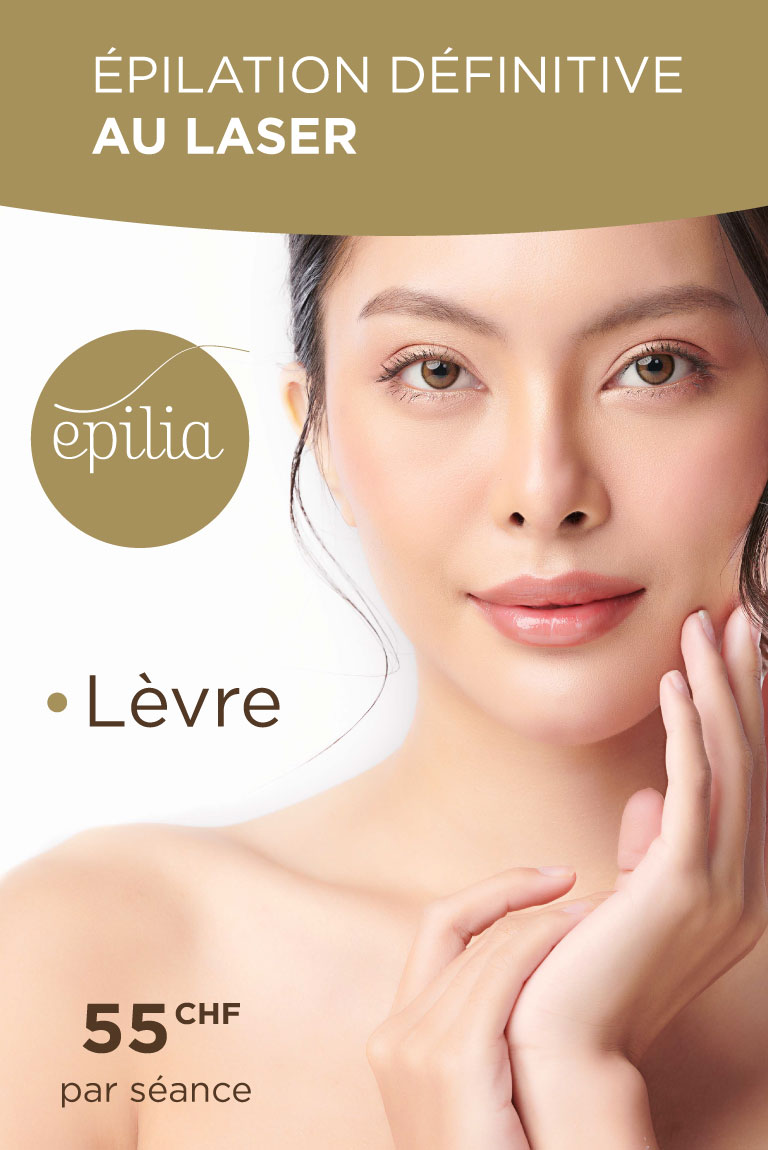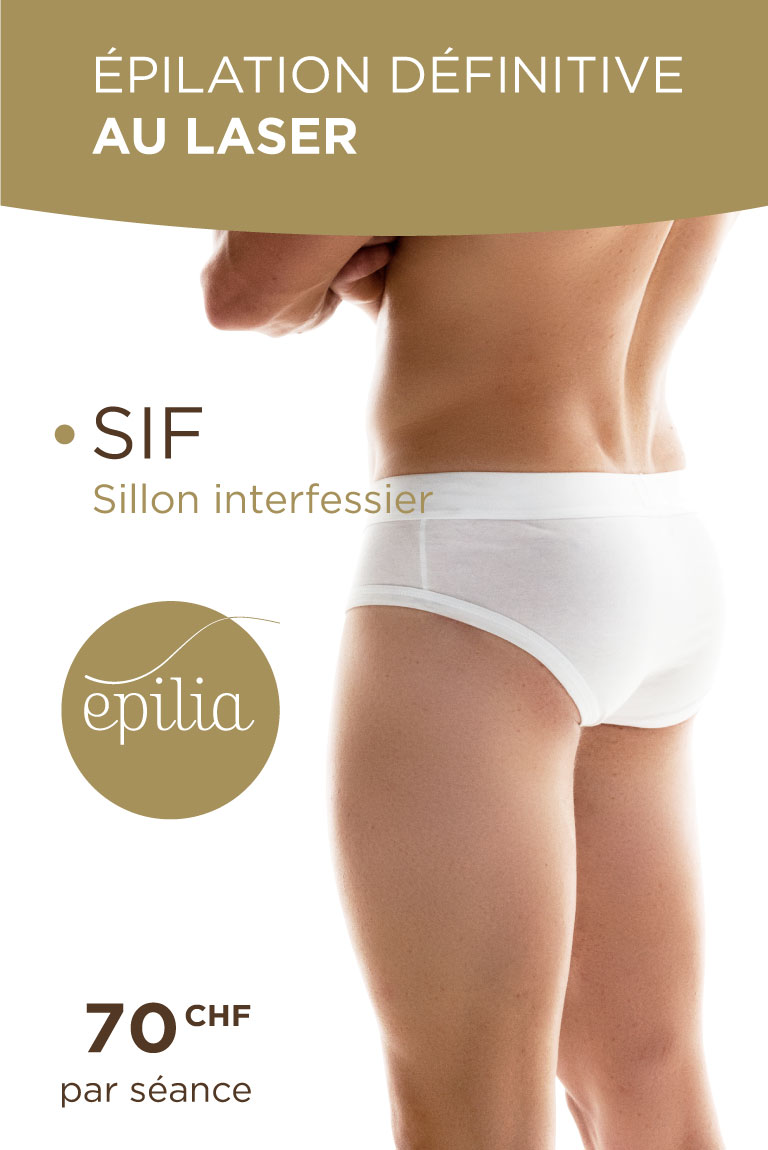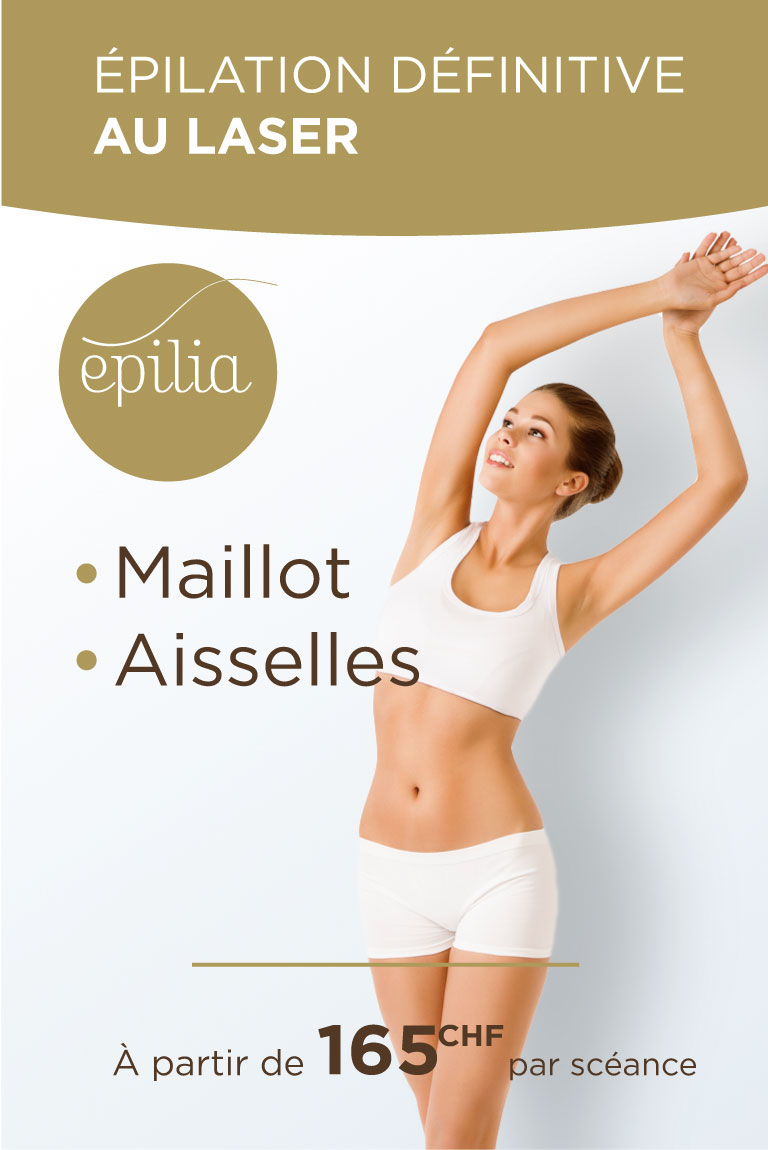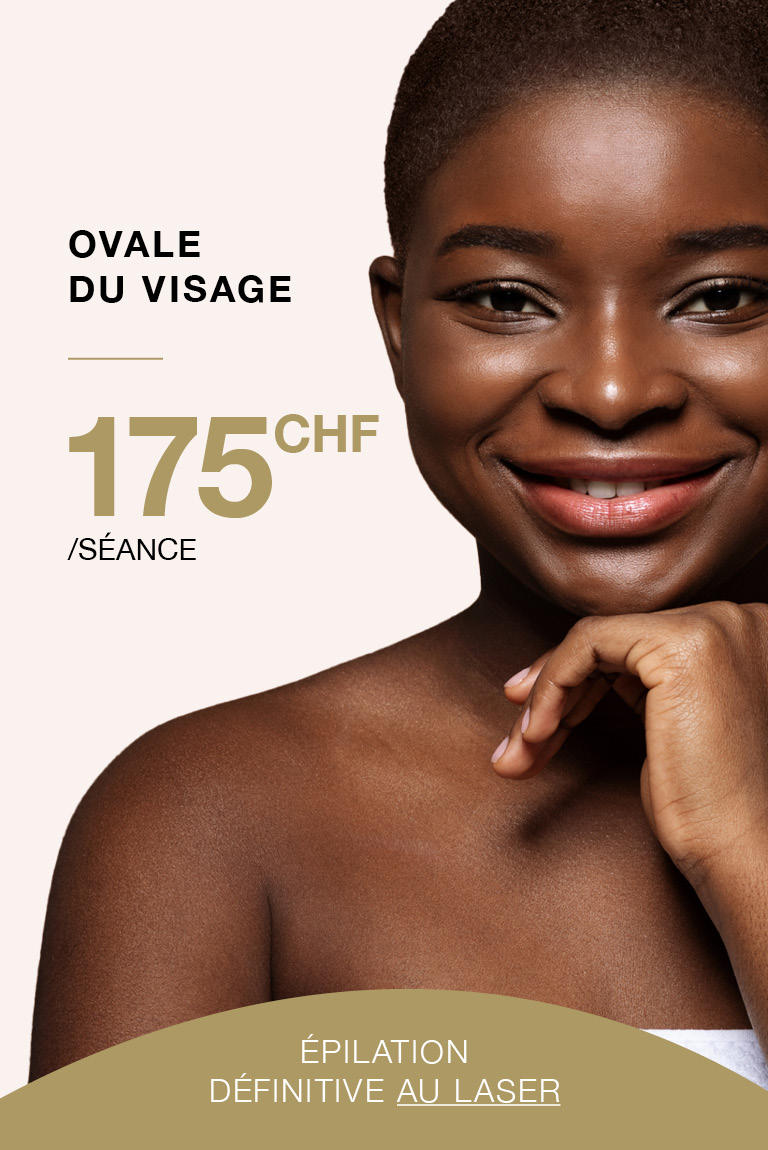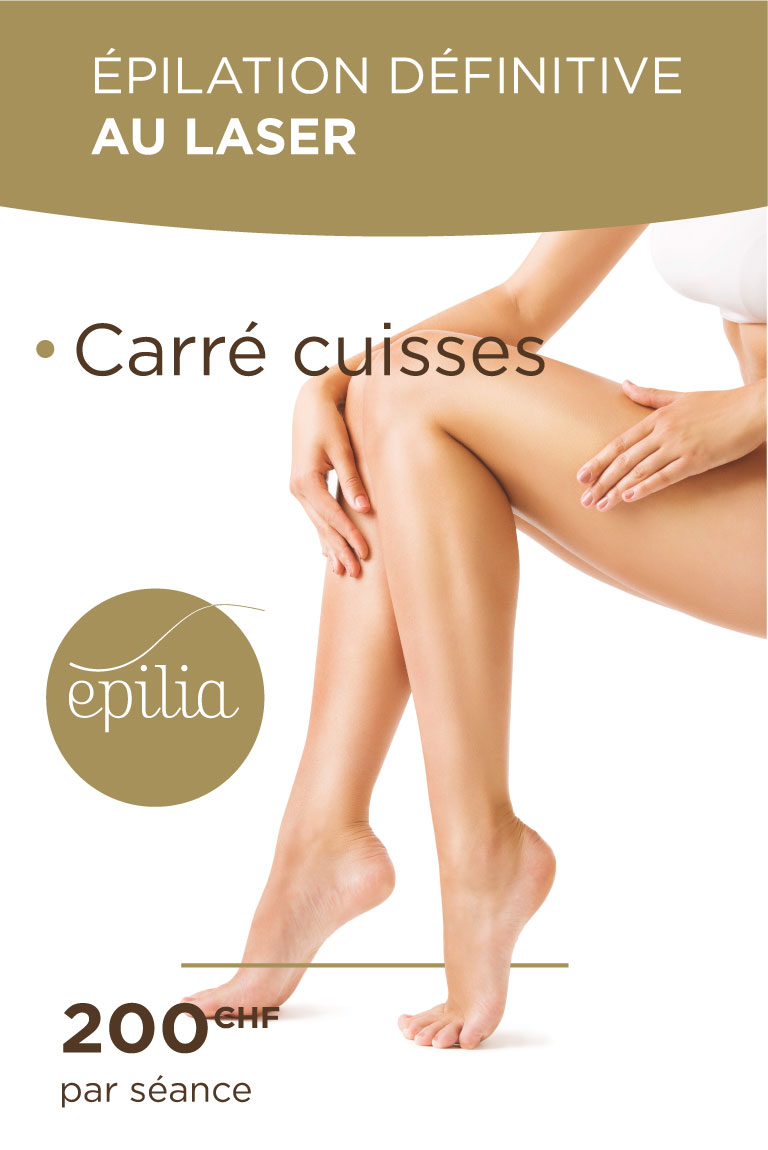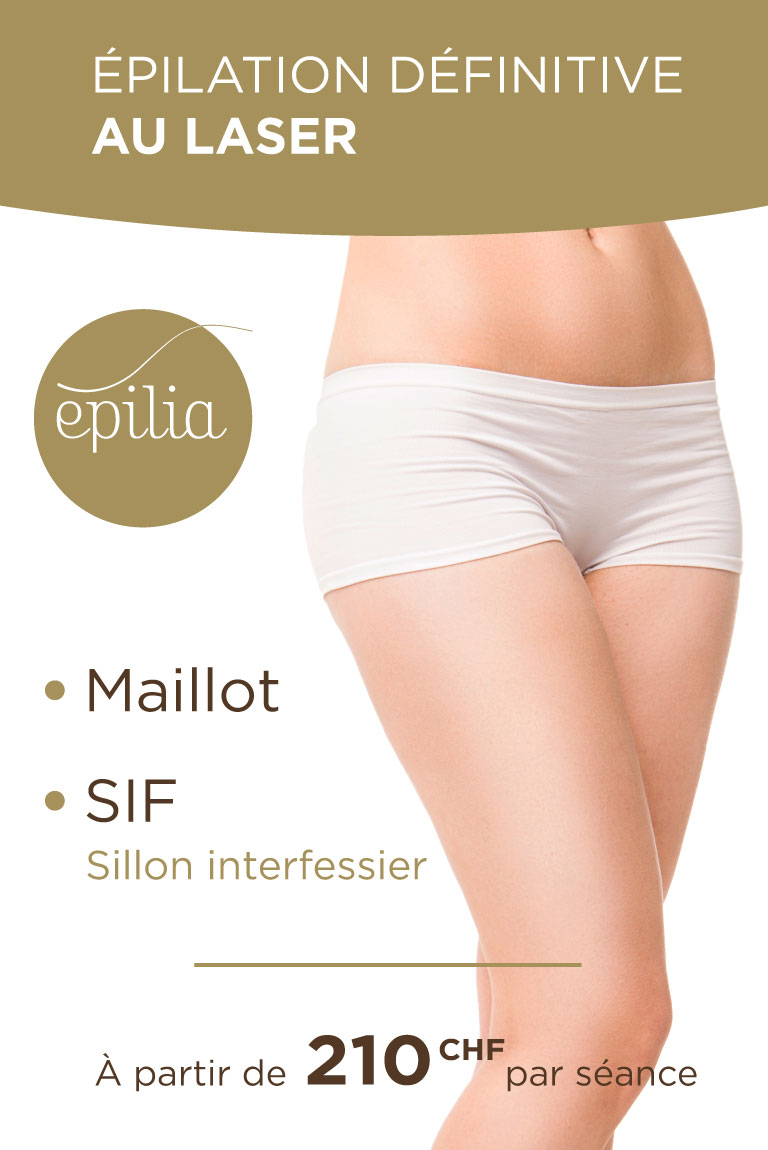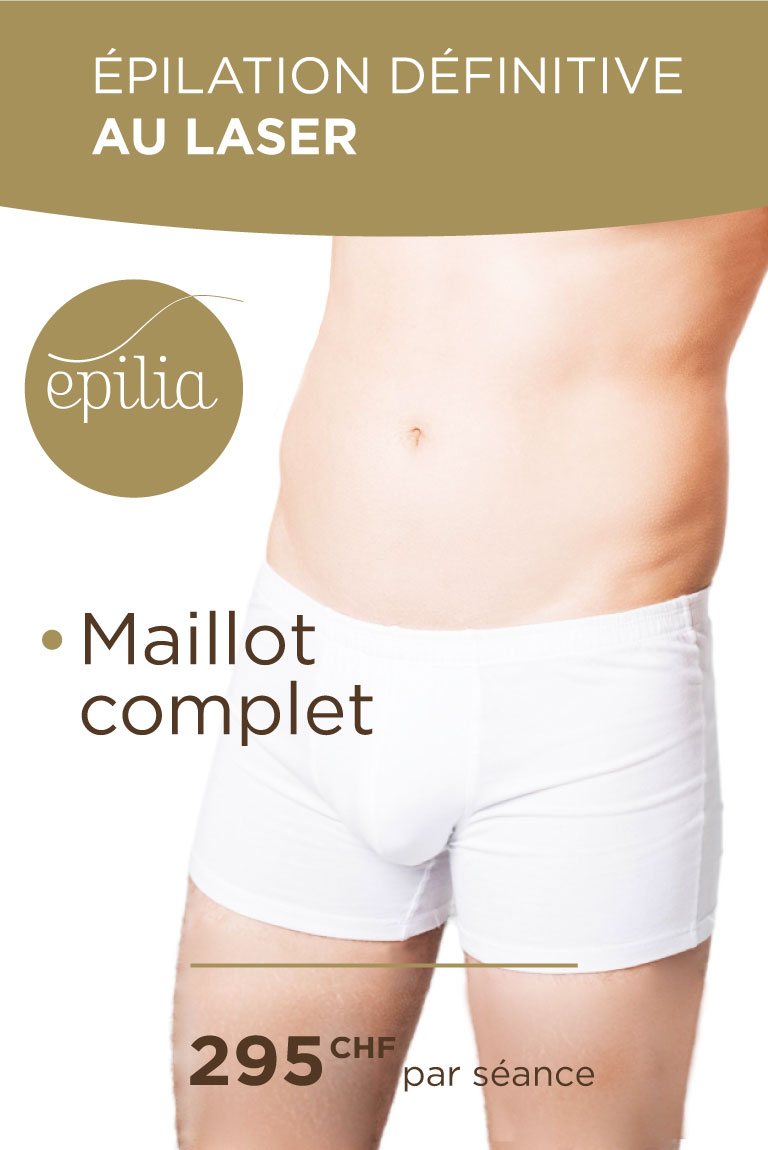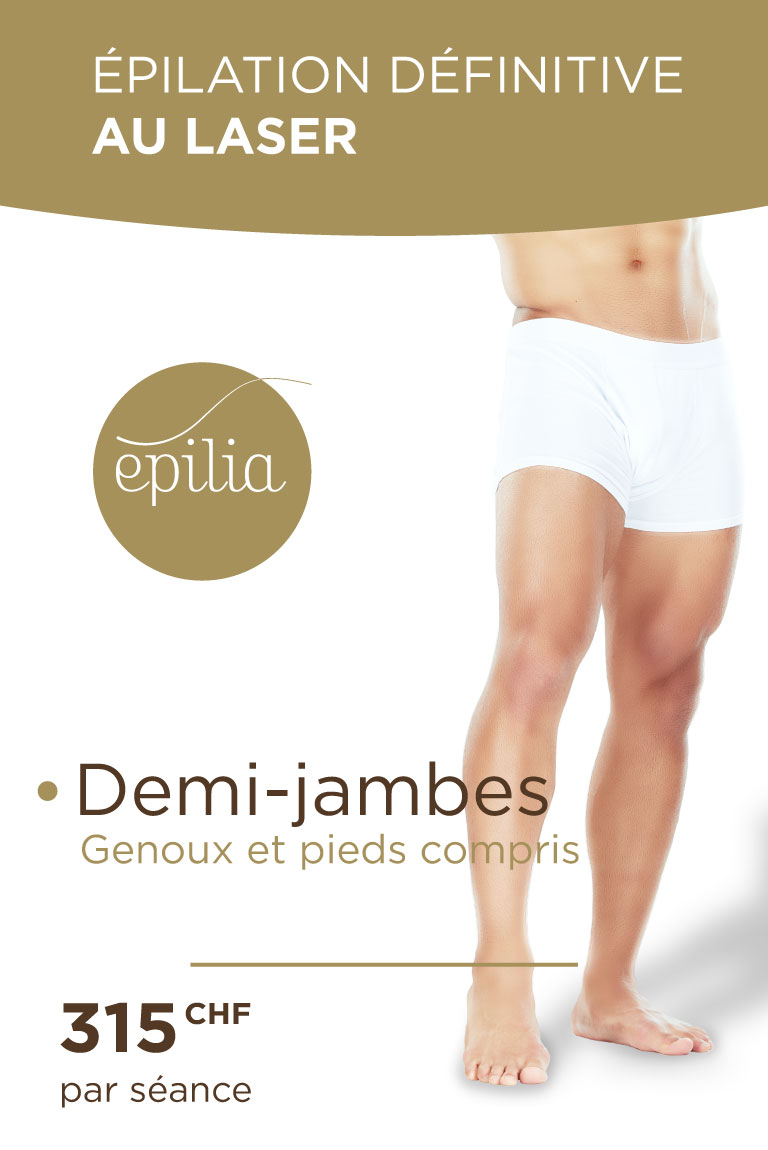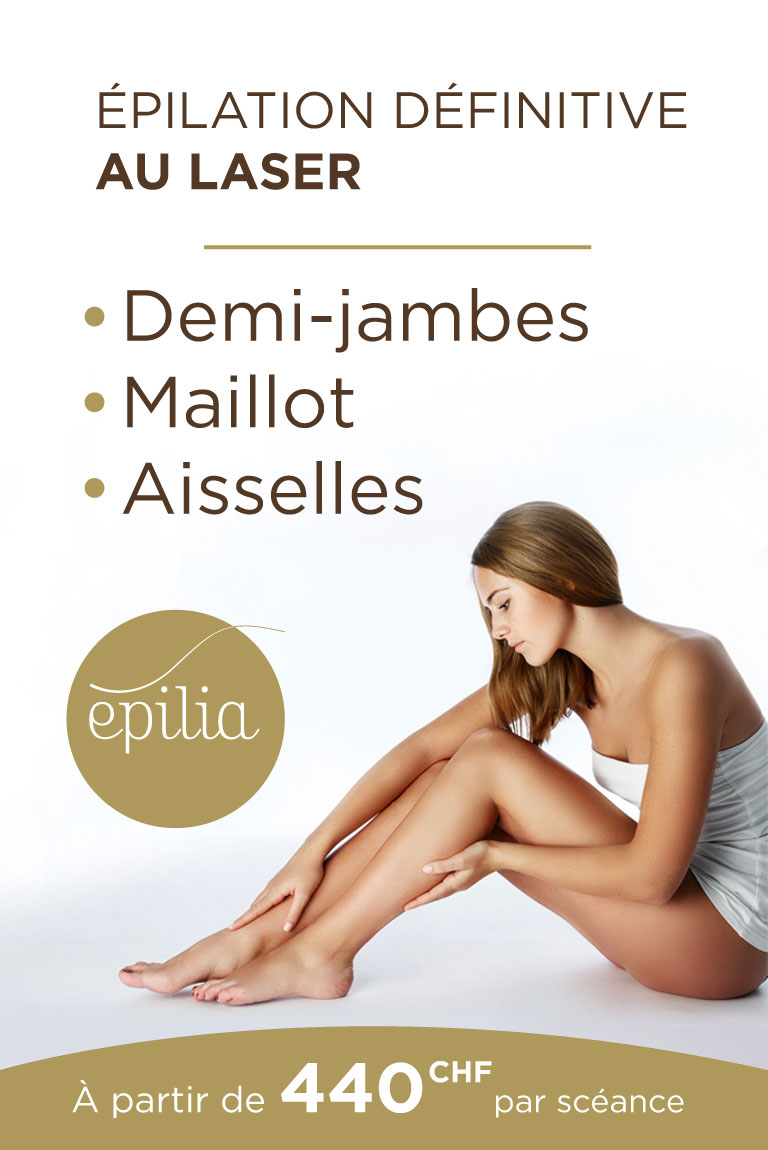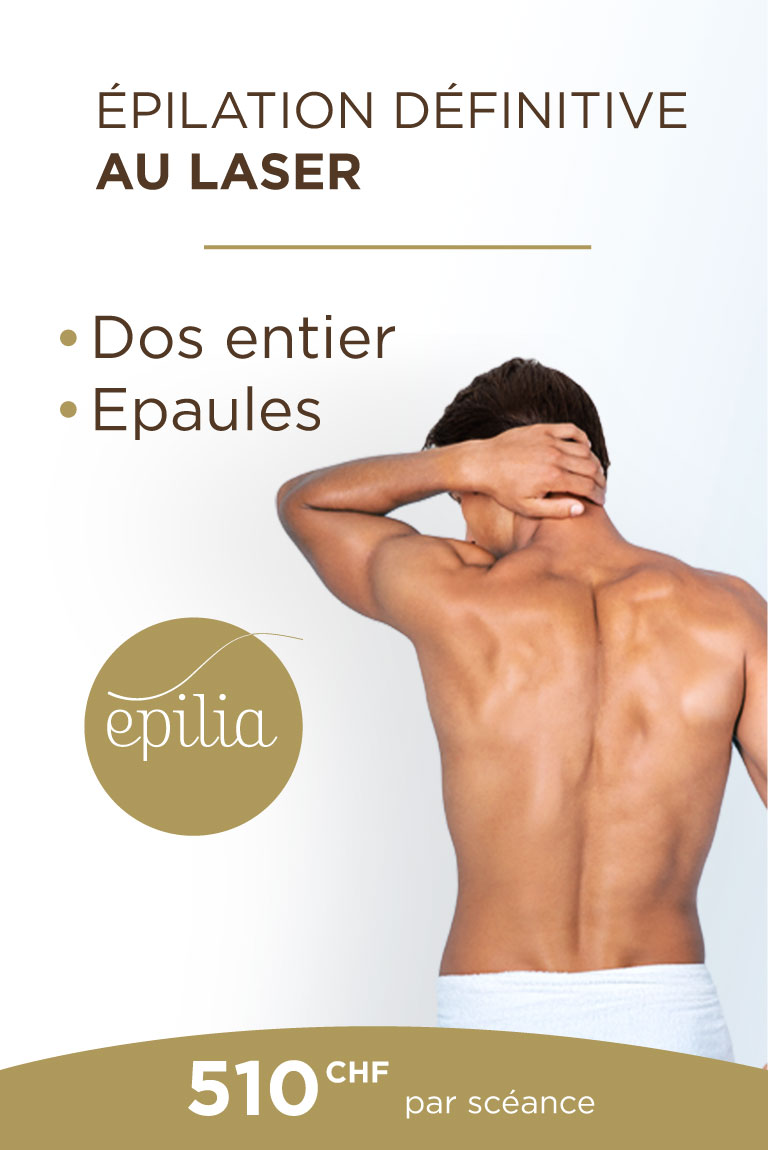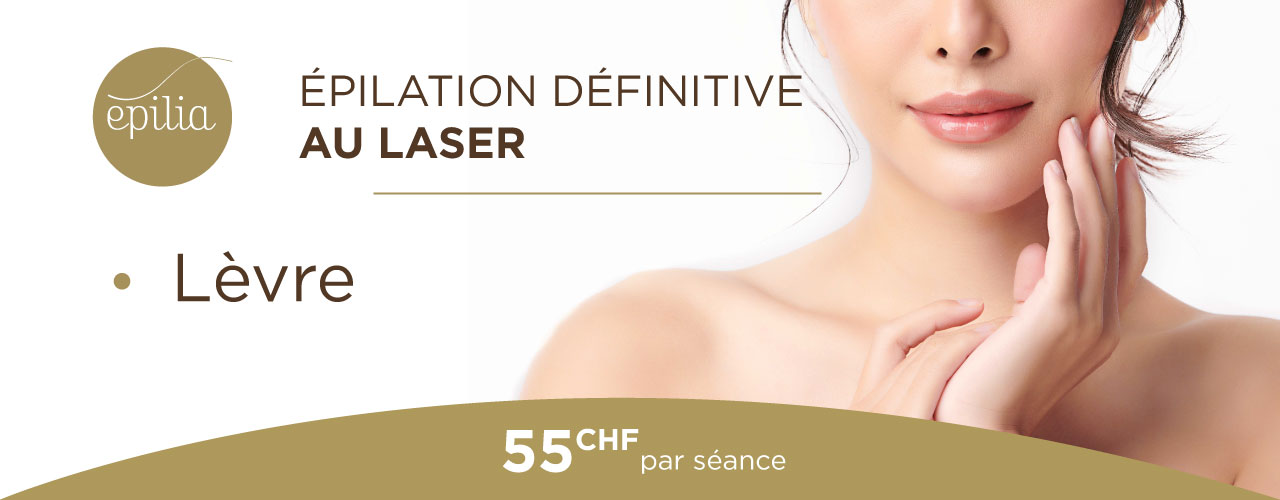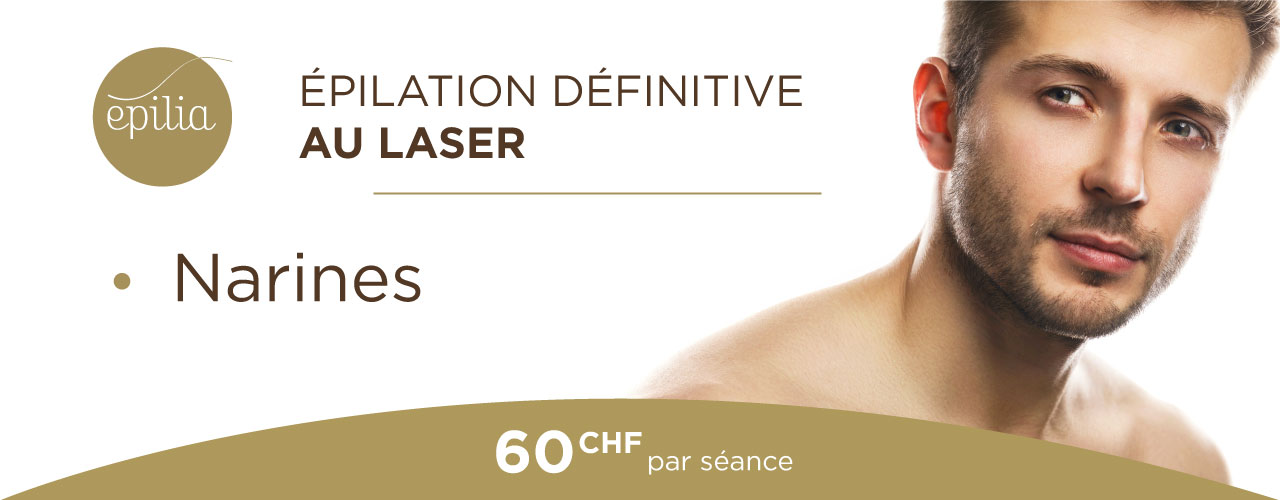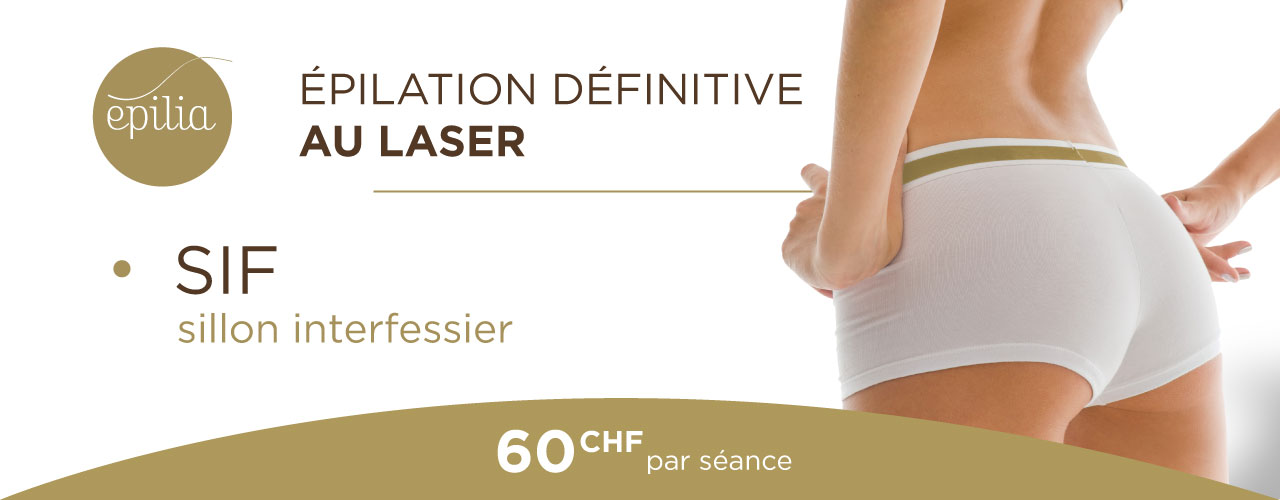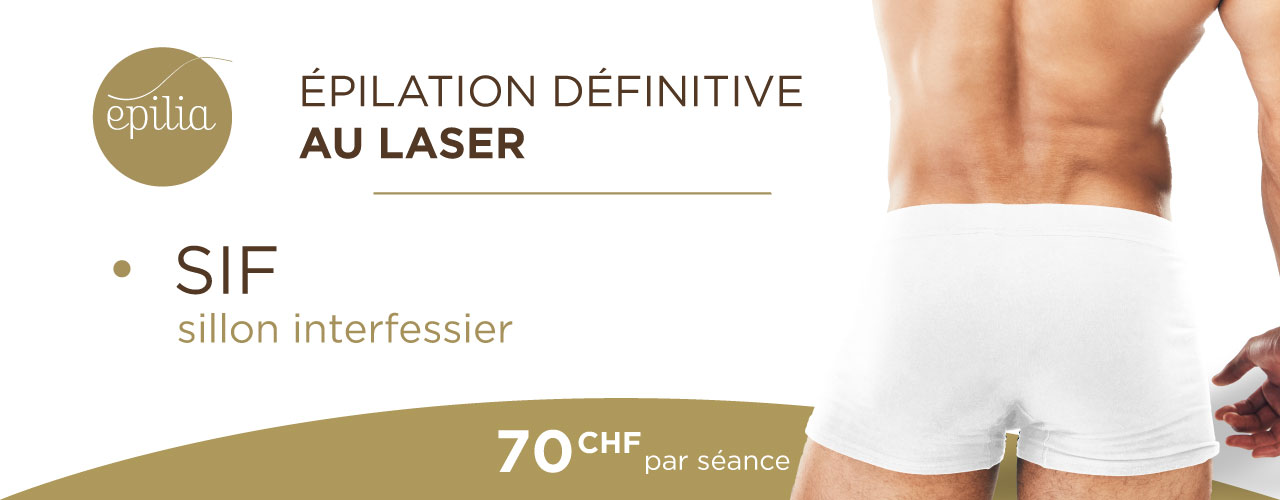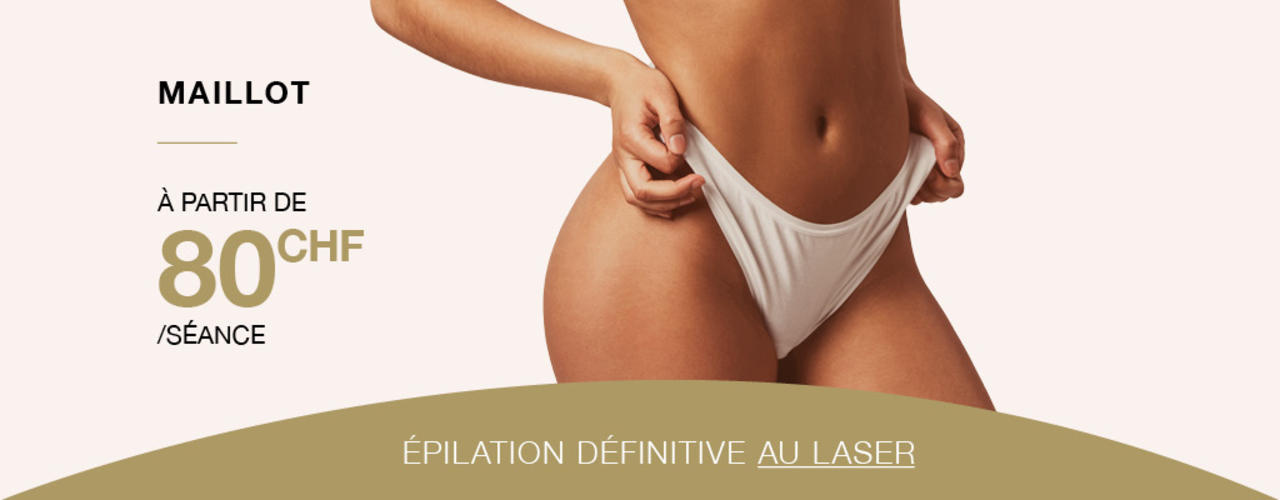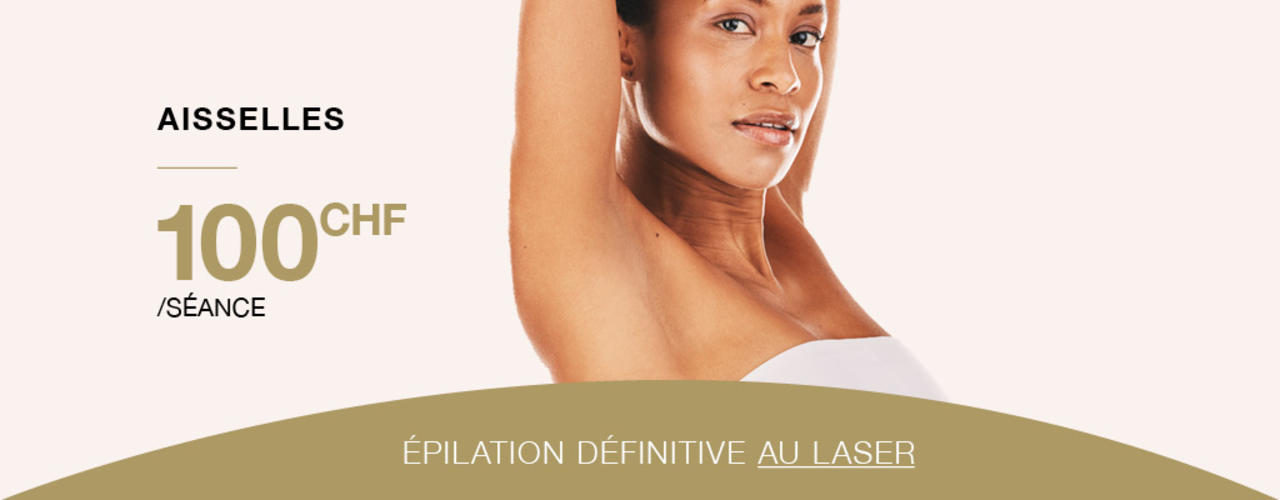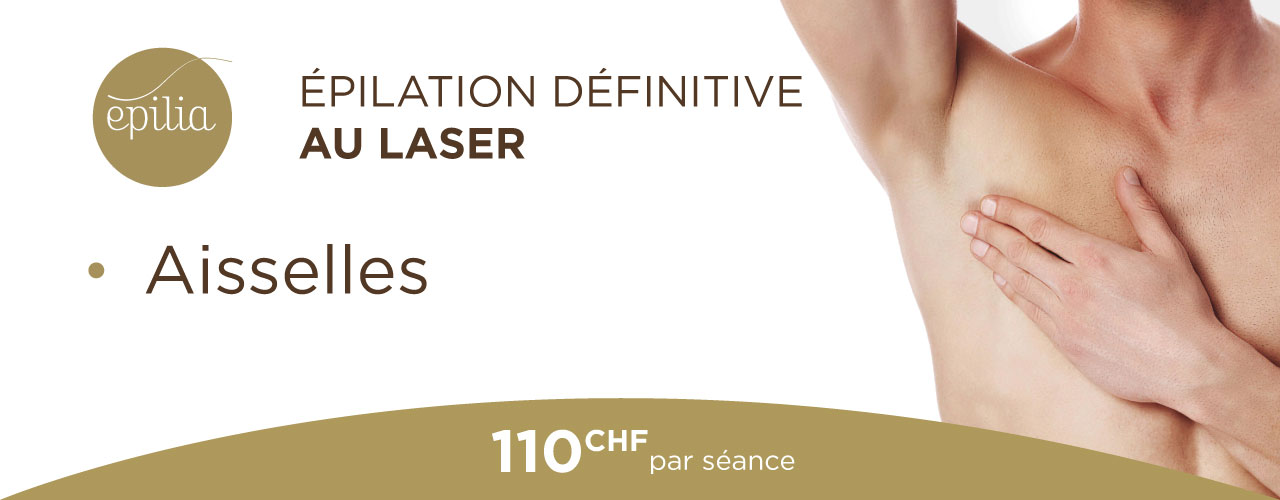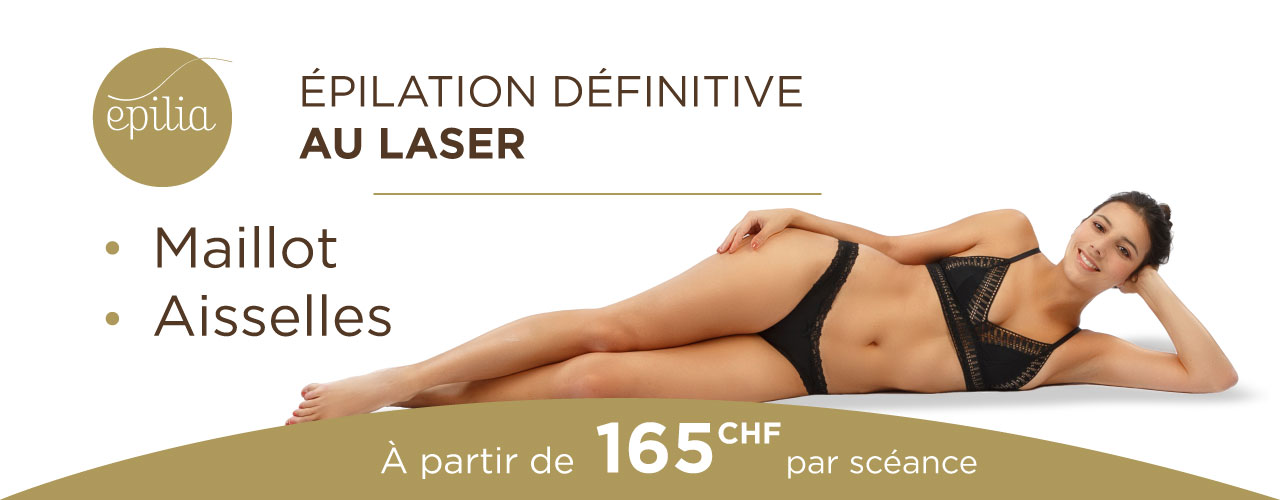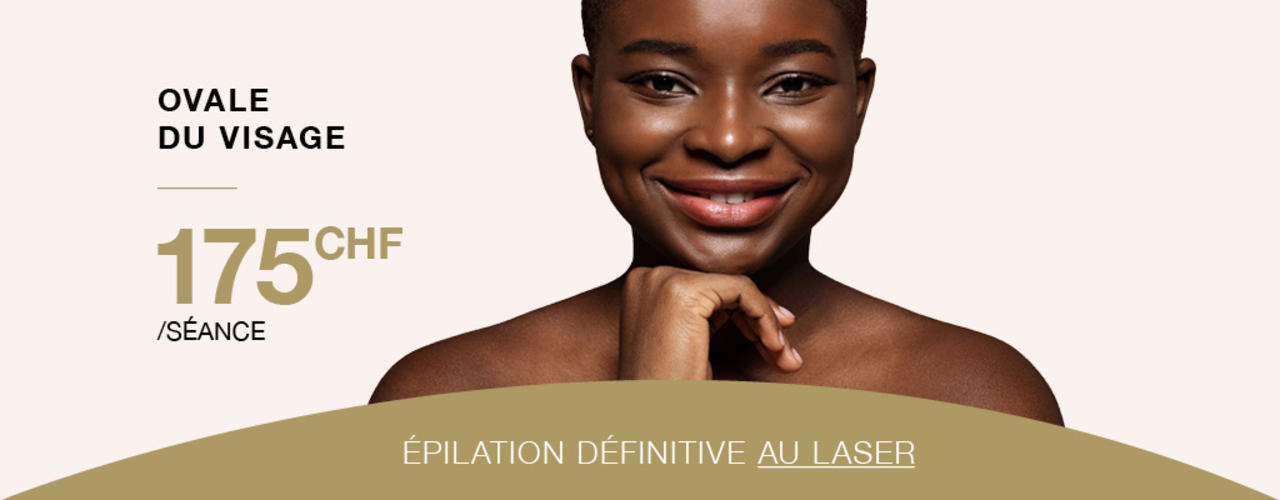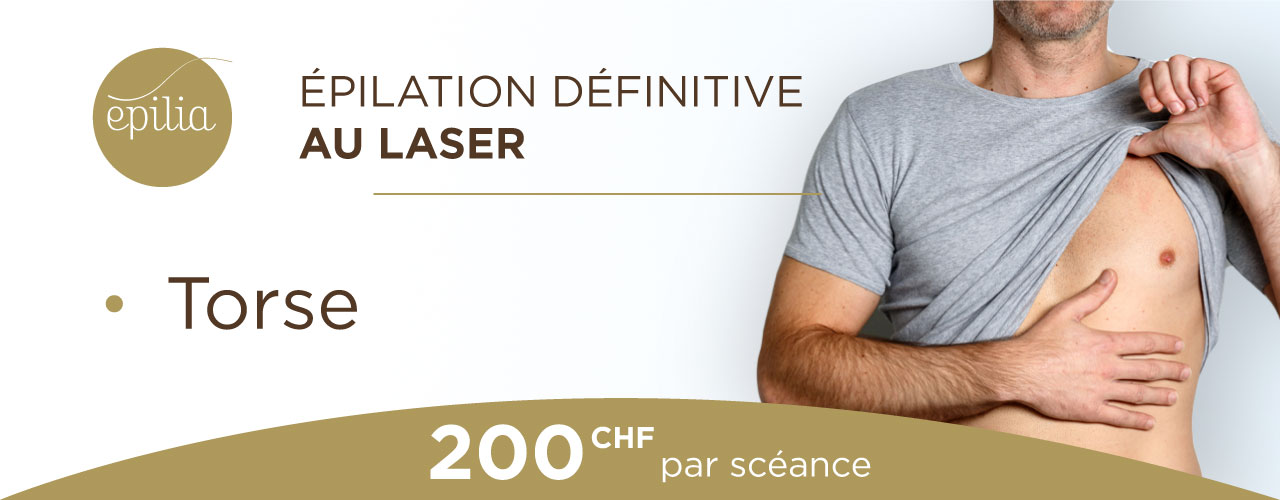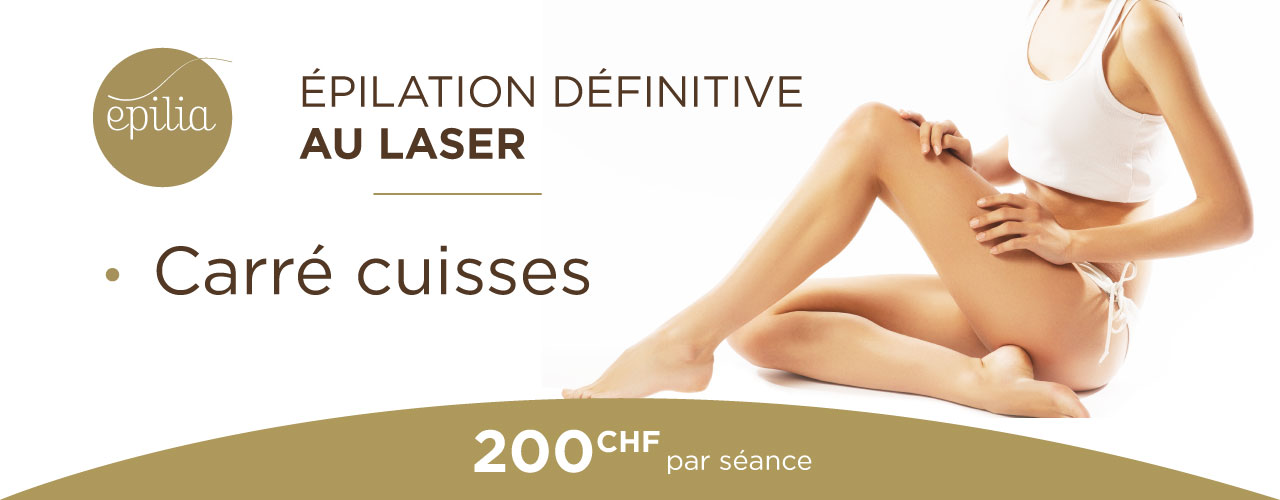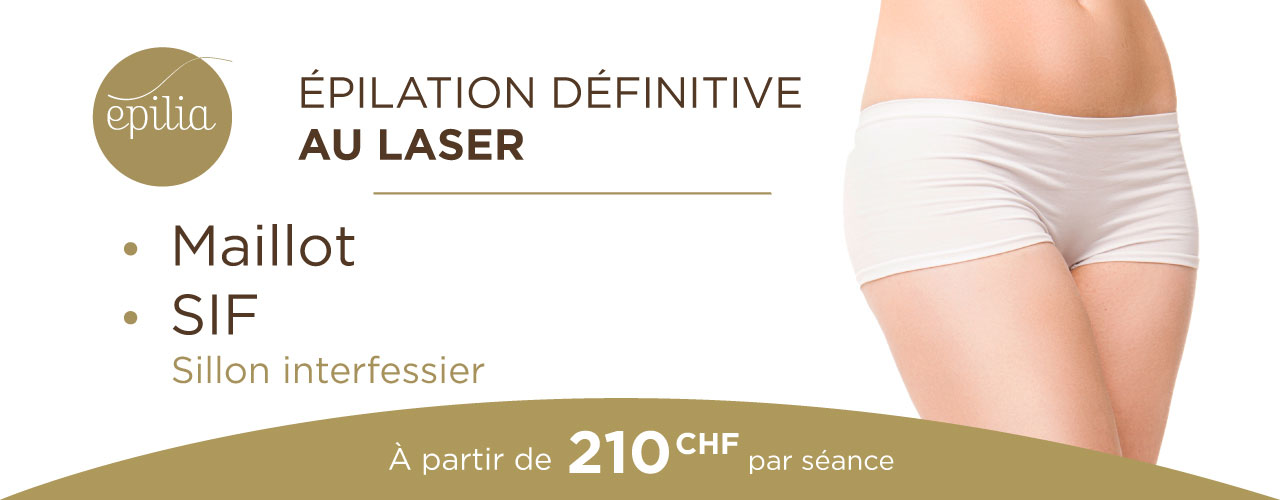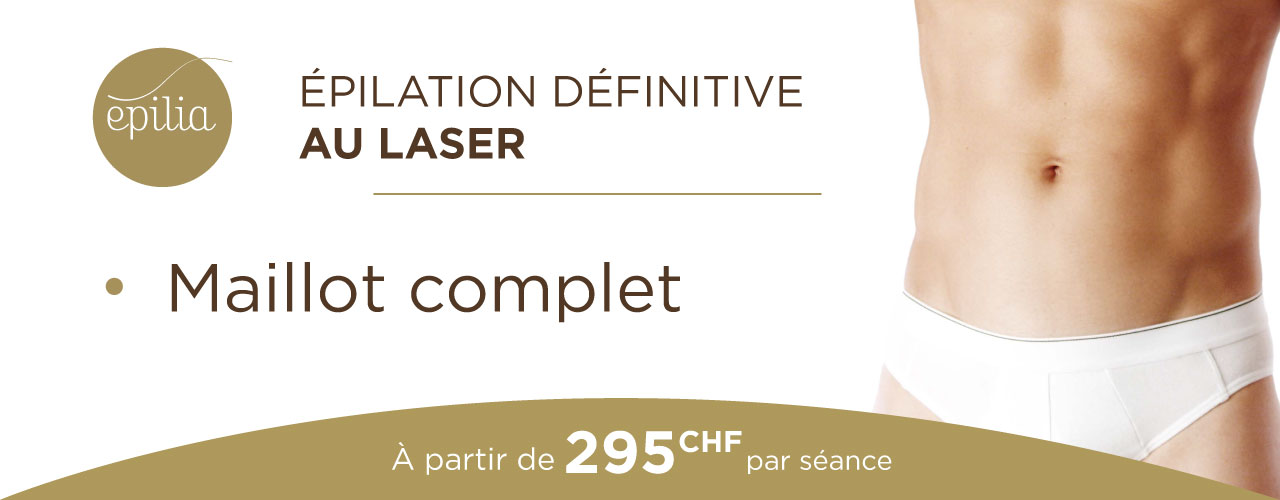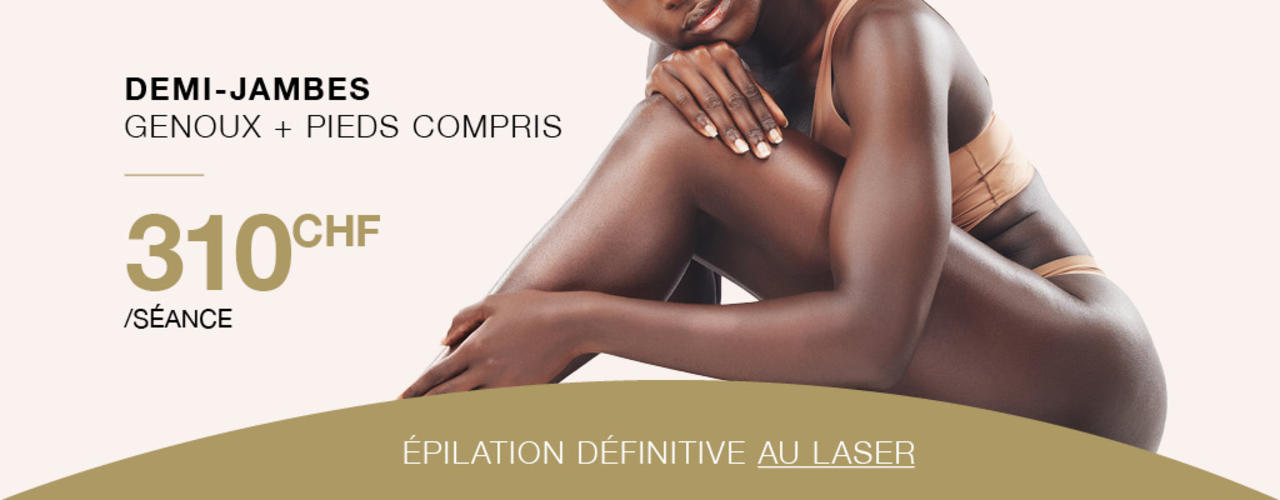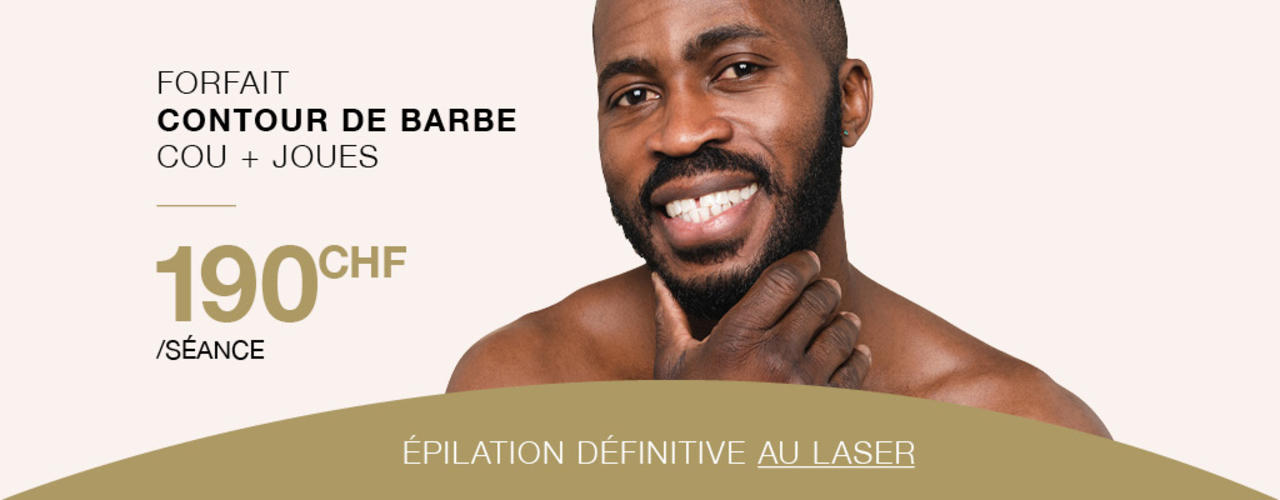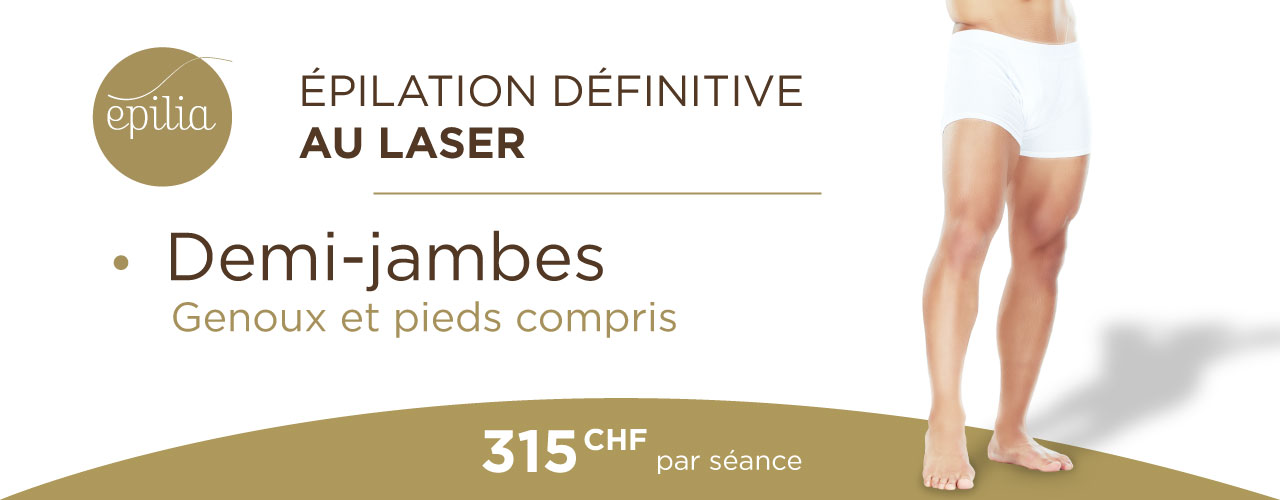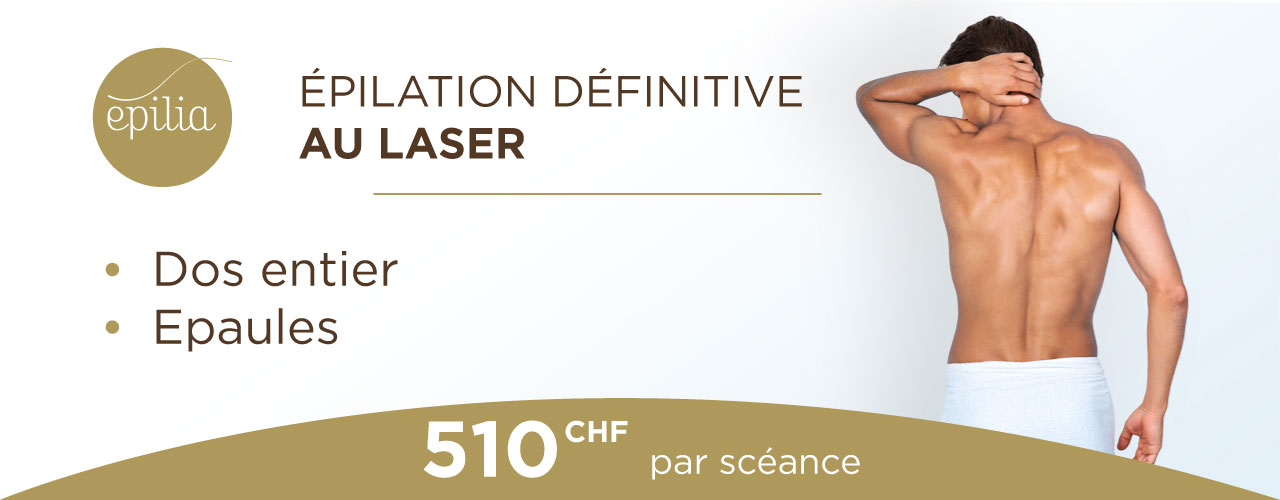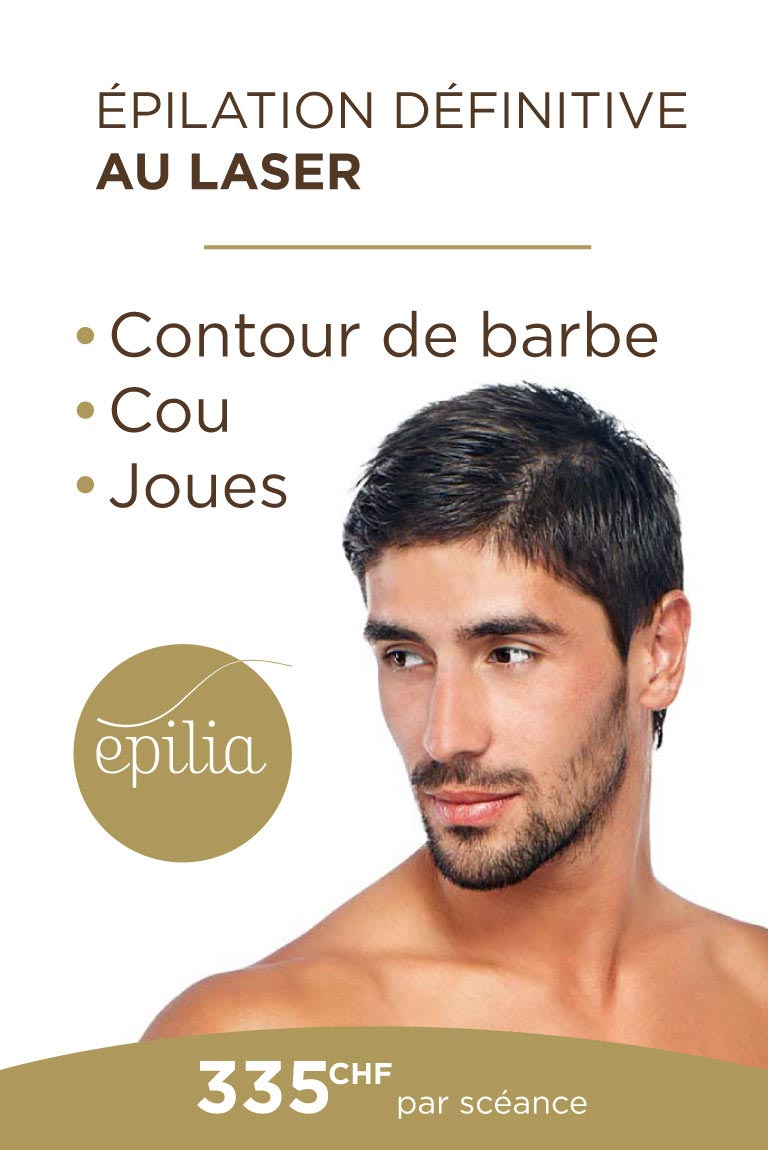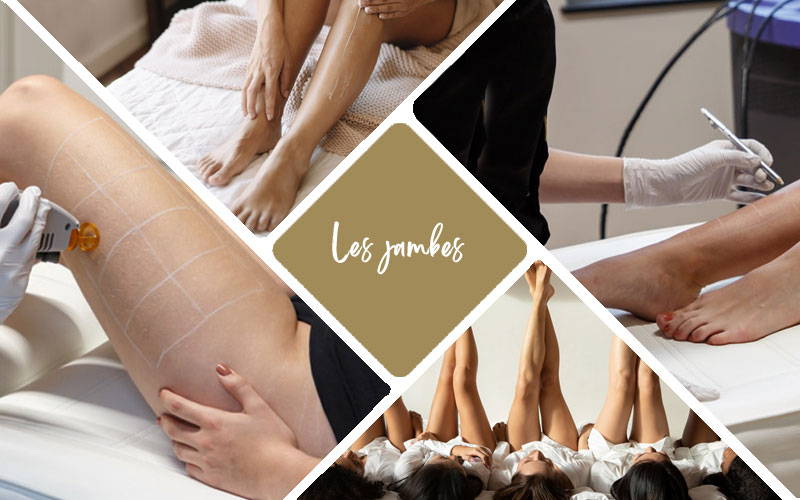Are you wondering how a laser hair removal session at Epilia works?
We begin by welcoming you for an initial consultation at one of our centers.
This consultation is crucial—free of charge and with no obligation.
How to book an appointment?
You have two options:
Online booking
You can schedule your appointment directly via our website.
- Select your city or the Epilia center of your choice.
- If it’s your first visit, choose the option ‘This is my first time at Epilia’.
- You’ll receive a confirmation email, followed by a reminder a few days before your initial consultation.
Booking by phone
You can also contact our front desk at: +41 22 519 70 01

Free, no-obligation initial consultation
Why is the initial consultation essential?
This informative session allows you to learn everything you need to know about laser hair removal.
The laser technician will assess whether all conditions are met for the laser to be effective (skin type, hair color and texture, age, possible hormonal disorders, current medications, etc.). She will also ask a few personal questions to better understand your profile.
This first consultation is a key step in the process, as laser hair removal requires multiple sessions. It’s also your opportunity to ask any questions you may have.
At the end of the consultation, you’ll have all the information you need to decide whether to begin treatment. A detailed quote will be provided based on the areas to be treated, and you’ll be able to schedule your first session with your technician.
She’ll also explain the steps to take to prepare for your treatment.
Please note that no treatment is performed during this first visit.
Therefore, there’s no need to shave the area beforehand, as the technician will assess the hair color and thickness.
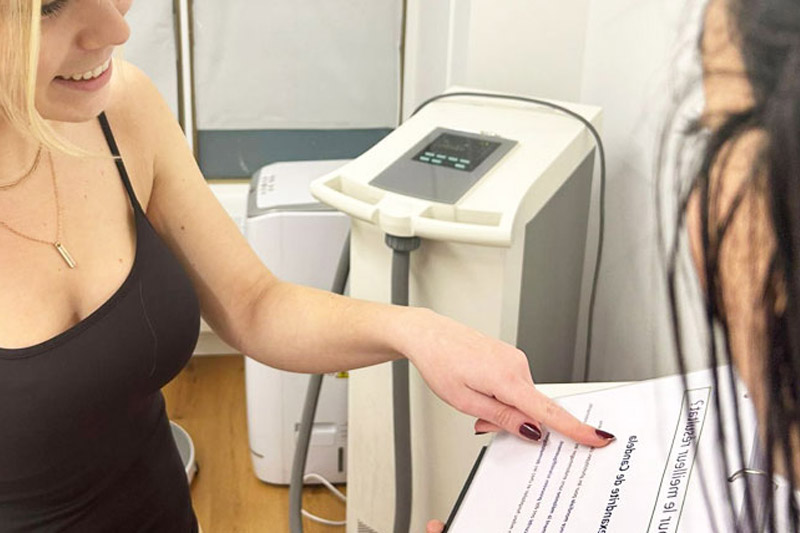
Are there any contraindications to laser treatment?
There are few, but they must be respected to ensure a safe and effective treatment:
- No sun exposure or tanning (natural or artificial) during the entire course of the treatment. If the area is tanned, the session cannot take place due to the increased risk of burns.
- Pregnant women cannot undergo treatment.
- Inflamed or infected areas cannot be treated.
- Tattooed areas (or those with permanent makeup) are not eligible for treatment. Only the skin around them may be treated, so hair will remain in the tattooed area.

Recommendations before your laser session
- Avoid sun exposure throughout the treatment period.
- Do not apply self-tanning lotion or use tanning accelerators.
- Do not bleach or remove hair from the treatment area (wax, electric epilator, tweezers, sugaring) during the four weeks prior to your session (two weeks for facial areas).
- It is recommended to shave or trim the hair shortly before the session, so it’s very short (maximum 1 mm). No shaving is required for women’s facial areas or fine peach fuzz zones.
- Your skin must be free of all cosmetic products on the day of your treatment. The use of numbing creams (like Emla) is discouraged. Your physical sensations during the session help the technician adjust the laser intensity and avoid burns.
- Avoid wearing new, unwashed clothing that will come in contact with the treated area.

How a typical laser hair removal session works
Your laser session
- Upon arrival, you’ll be invited to relax in our comfortable waiting room.
- At Epilia, we take pride in welcoming you at the exact time of your appointment.
- Your technician will ask you a few questions and then escort you to the treatment room.
- She will outline the treatment area using a white pencil to ensure full coverage.
- You’ll wear protective goggles for the entire session.
- The technician will then apply the laser to the defined area.
Is laser hair removal painful?
Depending on the treatment area and your individual sensitivity, laser hair removal may cause mild discomfort. However, the procedure is generally well tolerated. The sensation is often compared to small elastic snaps against the skin.
To enhance comfort during your sessions, all Epilia centers are equipped with next-generation devices that cool the skin during treatment, creating an anesthetic-like effect. This helps reduce the tingling sensation from the laser.
Is laser hair removal risky?
Laser hair removal has been performed worldwide since 1995. Since then, many scientific studies have been conducted. Today, we have enough perspective to confidently say that laser hair removal has no harmful effects on health.
The laser specifically targets melanin, which prevents the surrounding tissue from being affected by the light beam. Additionally, the laser’s wavelength is extremely precise and does not penetrate beyond the dermis.
End of your laser session
- Your technician will provide a moisturizing cream to apply immediately after the session.
- Redness and slight swelling may occur just after the treatment, but they usually disappear quickly.
- Payment is made at the end of the session.
- You will set the date for your next session with your technician.
Payment
- For your convenience, all Epilia centers are equipped with payment terminals.
- No unpleasant surprises—you only pay the amount specified in the consent form signed during your first consultation.
- At Epilia, you pay at each session. We never ask for advance payment for sessions not yet completed.
Aftercare
- If you still feel intense heat on your skin, don’t hesitate to contact us.
- We recommend moisturizing the treated area in the days following the session.
- The hair follicle is eliminated within two weeks after the session, and gentle exfoliation can help this process.
- Avoid sun exposure on the treated area throughout the entire course of treatment.

How long does a session last?
The duration depends directly on the size of the area(s) to be treated.
The larger the area, the longer the session.
For small zones, like the upper lip or underarms, it usually takes around 15 minutes.
How many laser sessions are needed?
Hair grows in three phases. The laser is only effective on hair in the active growth phase (anagen).
During the resting (catagen) and shedding (telogen) phases, the hair is no longer attached to the follicle, which makes the laser ineffective during those stages.
Since not all hairs are in the same phase at the same time, multiple sessions are necessary to achieve optimal results.
The number of laser sessions required depends on several factors:
- Age
- Sex
- Skin phototype
- Hair color and texture
- Area to be treated
Because each person’s physiology is different, it is impossible to determine in advance exactly how many sessions will be needed to achieve the desired result.
Depending on the individual and their goals, a yearly maintenance session may be recommended to maintain results—but this is not always necessary.
During your free initial consultation, our team will assess the feasibility of the treatment based on your needs and will explain all aspects of laser hair removal and your personalized protocol.
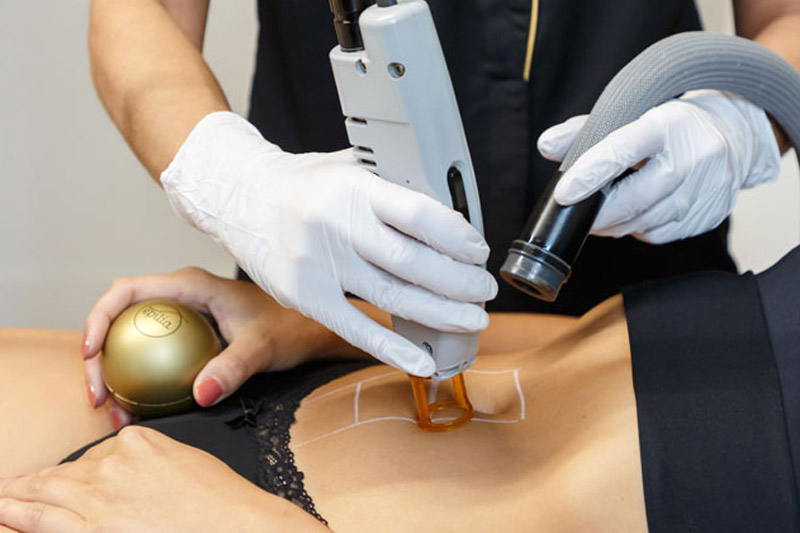
Intervals between sessions
Our laser hair removal specialists recommend waiting approximately 4 to 6 weeks between sessions (depending on the area treated).
As the treatment progresses, this interval may be extended.
You’ll already notice visible results after the first session. Over time, hair regrowth will slow down, and the remaining hairs will become finer and more spaced out.
Following the protocol is essential to maximize results.
Our Epilia team is available to answer all your questions throughout your laser hair removal journey. We’re here to advise and guide you every step of the way.
Ready to take the next step?
Book your free, no-obligation initial consultation today.
Are the results permanent?
Laser hair removal delivers excellent and satisfying results in the majority of cases. While it is considered the most effective method, it does not guarantee complete hair removal. The remaining hairs will be finer, less dense, and often lack pigment.
It’s also important to note that laser hair removal cannot prevent the formation of new follicles due to hormonal changes (pregnancy, menopause, hormonal imbalance). In such cases, follow-up sessions may be required.


